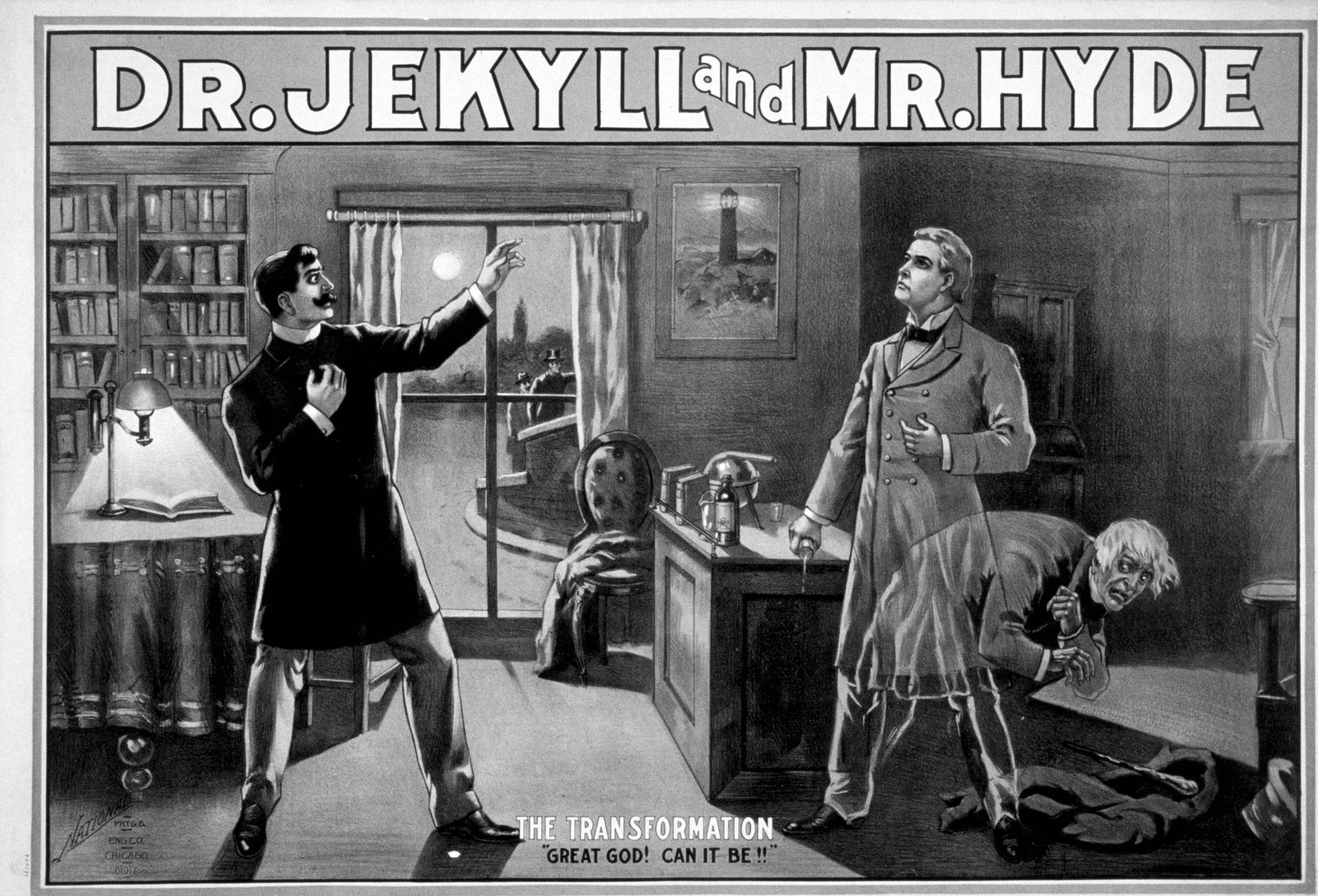The Jungian shadow: Cashing in on the dark
How “shadow work” became big business.

Only your shadow knows
Suggested Reading
In 2021, a depressed 20-something Texan named Keila Shaheen self-published a book called The Shadow Work Journal. In it, she detailed exercises that readers could use to explore hidden or “shadow” aspects of their personalities. Shaheen’s book has since become a pop-culture phenom, selling a million-plus copies, primarily through TikTok.
Related Content
But Shaheen didn’t invent “shadow work” or the concept of “the shadow.” That honor (mostly) belongs to the psychiatrist Carl Jung. Like his teacher Freud, Jung believed much of the mind is unconscious and repressed, and he developed “the shadow” concept to describe feelings, desires, and impulses that we deem unacceptable in ourselves. Think aggression, envy — i.e., the dark side of your inner force.
Jung didn’t want us to reject our shadows, however. Instead, he argued that we should integrate these usually submerged traits into our overall self-concept. And while psychiatry and psychology have come a long way since Jung’s time, what’s become known as the “Jungian shadow” still casts a long shadow. Nowadays, exploring your worst characteristics can also be a profitable business, as Shaheen’s smash success shows. We’ll explore more of your dark side — plus the business of psychology — directly below.
By the digits
13%: Share of Americans who take antidepressants, at least as of 2018
15+: Books that psychiatrist Carl Jung wrote
$150,000: Amount earned by some TikTok influencers pushing The Shadow Work Journal through their own videos
162,000: People following the Jung subreddit
700,000+: Copies of The Shadow Work Journal sold through TikTok before Shaheen accepted a traditional-publishing deal
56 million: Americans who received “mental health counseling or treatment” in 2022
Shadowboxing at scale
Since the Greeks at least, self-knowledge and self-acceptance have been seen as the key to wisdom, so Jung’s advice to explore and integrate your shadow essentially builds upon thousands of years of Western thought. The emergence of psychology as an official medical discipline in the late 19th century paved the way for formal treatment of mental health. It also helped create a popular audience for psychological thought like Freud’s and Jung’s.
So it should come as no surprise that the Jungian shadow has gained prominence far beyond its initial circles. College professors use the shadow to describe conflicted literary characters like Hamlet and Dorian Gray, but it applies to so-called low culture, too — most Marvel movies, for instance, depict superheroes wrestling with their shadows. Even Wolverine and the Hulk want to be psychologically whole.
The rest of us do, too, as the popularity of shadow and similar self-help discussion on social media demonstrates. We buy books. We book appointments with therapists, so frequently that the therapy market is estimated to be worth billions annually in the U.S. alone. We likewise swallow tens of billions of dollars’ worth of Zoloft, Wellbutrin, Cymbalta, and more exotic fare. An FDA panel may’ve recently rejected MDMA as a treatment for certain mental-health conditions, but “ketamine clinics” are proliferating, with more than 500 such clinics already operating nationwide.
In short, issues? We’ve all got ‘em. Have shadow, will travel.
Quotable
“Every one carries a shadow, and the less it is embodied in the individual’s conscious life, the blacker and denser it is. If an inferiority is conscious, one has always a chance to correct it. Furthermore, it is constantly in contact with other interests, so that it is steadily subjected to modifications. But if it is repressed and isolated from consciousness, it never gets corrected.” — Swiss psychiatrist and psychotherapist Carl Jung
Pop quiz

According to Jungian theory, what process involves integrating the contents of the shadow into consciousness?
A. Shadow dancing
Follow the shadow of this email down to the bottom where the answer lies.
Take me down this 🐰 hole!
Dig into innumerable free “shadow work” worksheets via Google.
Brief history
Late 1800s: Psychology emerges as a formal discipline.
Early 1900s: Sigmund Freud publishes his most influential works, laying out influential theories of the human psyche.
1910s: Carl Jung, sometimes collaborating with Freud, develops his theory of analytical psychology, including the concept of the shadow, representing the unconscious aspects of personality that one denies or represses.
1970s: Eli Lilly develops fluoxetine, which it will eventually market as Prozac.
2020s: The Shadow Work Journal explodes on TikTok as an “inexpensive mental-health tool.”
2024: NPR reports on the proliferation of “ketamine clinics” as the drug becomes a popular, if off-label, mental-health treatment.
Fun fact!
Watch this!
This dramatic YouTube video breaks down the Jungian shadow for a lay audience.
Poll

What is preventing you from confronting your own shadow?
- Your shadow insisting that it’s just a metaphor.
- Your shadow requesting a dance-off instead.
- You can’t find your soul’s “night mode” function.
- A dispute about who owes who money.
💬 Let’s talk!
In last week’s poll about sleep, a whopping 70% of you said you get 7 to 9 hours of sleep a night. Nice! 2% of you even get more than 10 hours, but 28% of you would rather not talk about how much sleep you get.
🐤 X this!
Today’s email was written by Catherine Baab-Muguira (invented gothic self-help) and edited and produced by Morgan Haefner (invented no kind of self-help but does indulge in the work of others).
The correct answer to the pop quiz is B., Individuation. The terms “shadow dancing” and “shadow boxing,” in the context of shadow work, were coined by author Connie Zweig, while shadow puppetry is a theatrical performance.